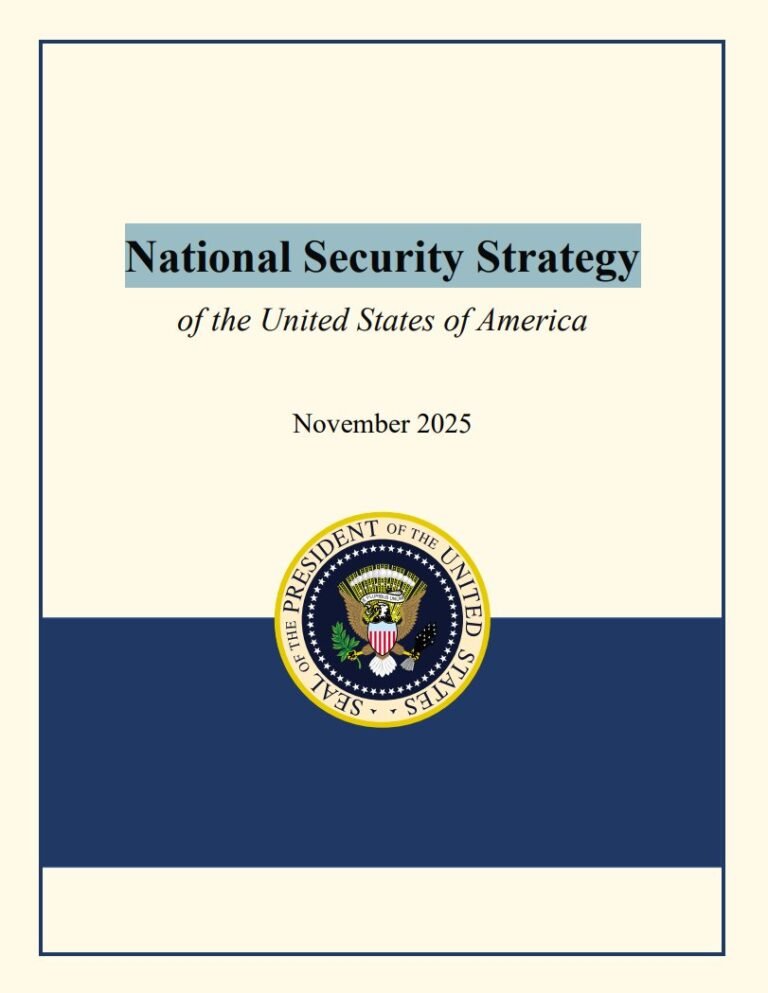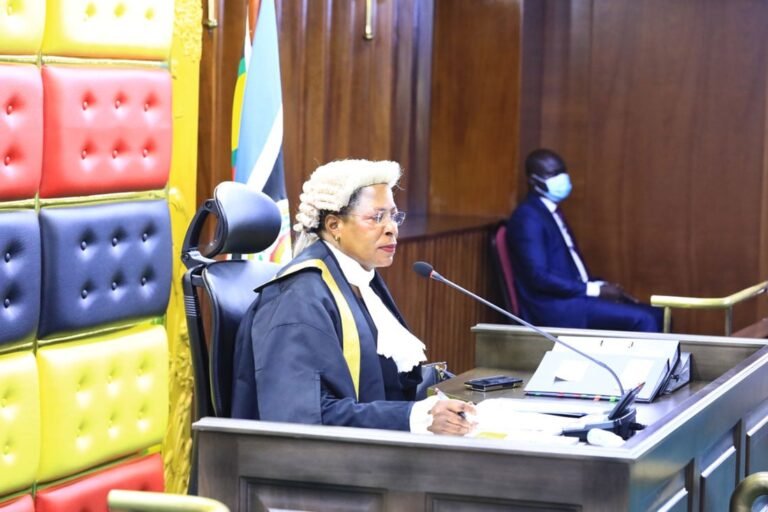
SpaceX Achieves Key Booster Catch in Flight 10, Sets Sights on Flight 11
In a significant step toward full rocket reusability, SpaceX successfully caught its Starship booster using launch tower arms for the first time during the Flight 10 mission on September 29, 2025. The milestone test moves the company closer to its goal of creating a rapidly reusable launch system.
The mission, originating from Starbase, Texas, saw “Booster 16” successfully return to Earth and be captured by the mechanical “Mechazilla” tower. Meanwhile, the upper stage, “Ship 37,” completed its own test objectives by executing a controlled reentry and splashing down safely in the Indian Ocean.
Building on this success, SpaceX is already preparing for Starship Flight 11, currently targeted for October 13, 2025. The upcoming mission will use Booster 15 and Ship 38 in an attempt to replicate the booster catch maneuver. Flight 11’s objectives also include deploying Starlink satellite simulators and conducting further reentry tests.
Demonstrating a commitment to reusability, SpaceX plans to reuse 24 of the 33 Raptor engines from previous flights on the new booster. These repeated flight tests are critical for developing the fully reusable spacecraft needed for future missions to Mars and for the cost-effective deployment of satellites.
SpaceX Prepares for Starship Flight 11, Focusing on Advanced Booster Landing and Reentry Tests
BOCA CHICA, Texas – SpaceX is gearing up for the eleventh integrated flight test of its Starship vehicle, with a launch window opening as soon as Monday, October 13, 2025, from its Starbase facility in Texas. The mission, which follows the successful booster catch milestone of Flight 10, aims to push the boundaries of rocket reusability and test critical systems for future missions.
The upcoming flight will utilize a flight-proven Super Heavy booster, Booster 15, which previously flew on Flight 8. Notably, the booster is equipped with 24 reused Raptor engines, underscoring SpaceX’s commitment to reusability. A primary objective for the booster is to demonstrate a new, more robust landing burn engine configuration planned for the next-generation “V3” Super Heavy.
Unlike Flight 10, which successfully caught the booster with the “Mechazilla” tower arms, Booster 15 will not return to the launch site. Instead, it will target a simulated landing over the Gulf of Mexico. The test will involve a complex sequence: igniting 13 engines to begin the landing burn, transitioning to five engines for a “divert phase” (increased from three for added redundancy), and finally using three center engines to enter a full hover before shutting down and splashing down softly in the ocean. This maneuver is designed to gather critical data on vehicle dynamics during engine transitions.
Meanwhile, the Starship upper stage, Ship 38, has a packed itinerary. Its objectives include:
· Deploying eight Starlink simulators to practice satellite deployment processes for the next-generation internet constellation.
· Conducting an in-space engine re-light of a single Raptor engine.
· Stress-testing the heat shield by intentionally removing tiles from vulnerable areas, some of which lack a backup ablative layer, to understand the limits of the thermal protection system.
· Executing a dynamic banking maneuver to mimic the final approach path for future missions that will return to the launch site, testing subsonic guidance algorithms before a planned splashdown in the Indian Ocean.
A live webcast of the flight test will begin approximately 30 minutes before liftoff on the company’s website and its X account (@SpaceX). As with all developmental testing, the schedule remains dynamic and subject to change.
These iterative tests are crucial steps toward achieving SpaceX’s ultimate goals of a fully and rapidly reusable launch system, which is foundational for future missions to Mars and the cost-effective deployment of satellites.








